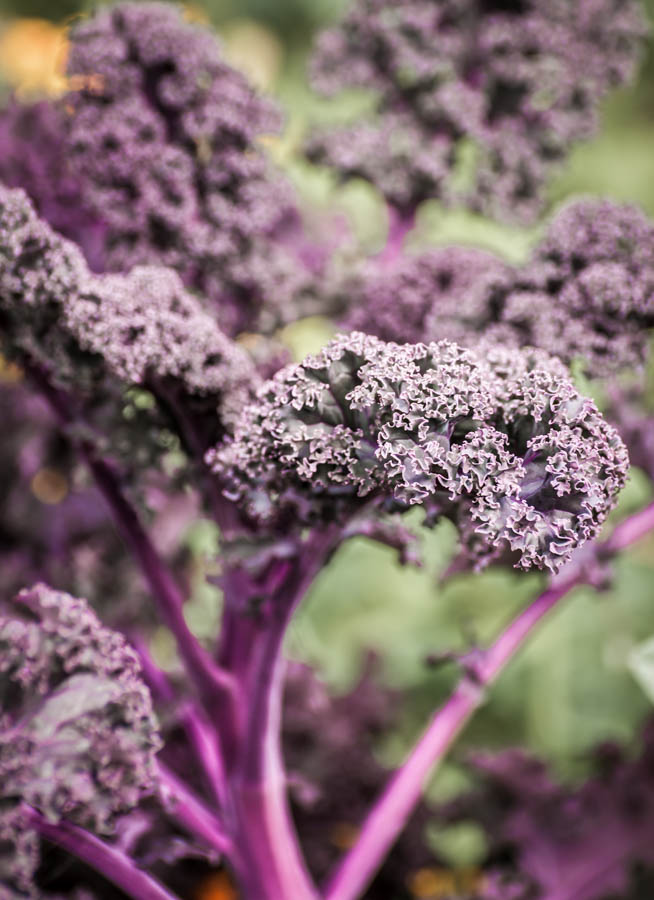Growing Kale in a Sustainable Garden

With choices between edible and ornamental varieties and among an array of dramatic colors, kale makes an ideal addition to a sustainable garden. Here are some considerations before growing kale in a sustainable garden.
Varieties. Edible kale varieties are available in a variety of colors, such as white, green, red and “blue.” Ornamental kale varieties are also available in a variety of eye-catching colors, such as white and purple, making them a great accent in any landscape. Many ornamental varieties have full, rosette-like heads and are best enjoyed in your landscape, while “crane” types grow on long stems and have smaller heads, and are best used in cut flower arrangements.
When to plant. In most areas of California, fall is the best time to plant kale, but this is particularly so for ornamental kale. GardenZeus recommends planting ornamental kale plants in the fall; they will reward you with their most beautiful and intense colors in the winter.
Size differences. When incorporating kale into your landscape, keep in mind the form and height differences among the varieties. Curly kale is wider and shorter, taking up more overall garden space; Lacinato kale is upright and taller. Lacinato kale can be planted behind shorter plants, such as flowers, herbs, or lettuce, to give height to your garden. For ornamental kale varieties, the compact-rosette type varieties should be placed toward the front of the garden while crane type varieties make beautiful accents at the back.
Walking Stick Kale. For a unique vegetable to incorporate into a sustainable, edible landscape, try growing your own “walking stick kale.” Also known as “walking stick cabbage,” this kale plant will produce for years and can grow up to 6-10 feet tall. Native to the Channel Islands of California, the stalks are sturdy and thick and were once used for buildings and– creating walking sticks! The leaves were used as animal feed. Walking stick kale will require larger water and fertility inputs than other varieties of kale.
To view customized growing information for your area, go to GardenZeus and enter your zip code.
Other articles of interest:


